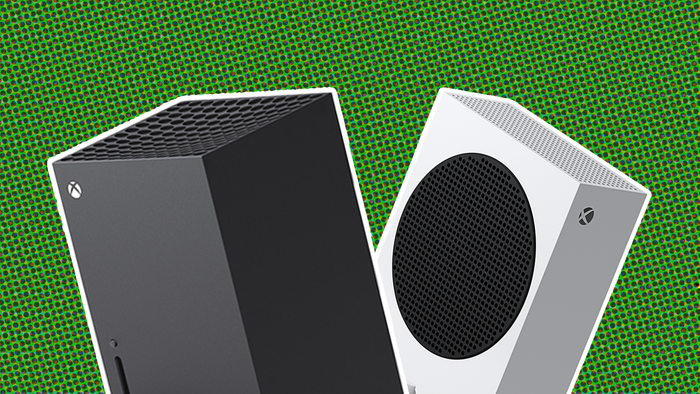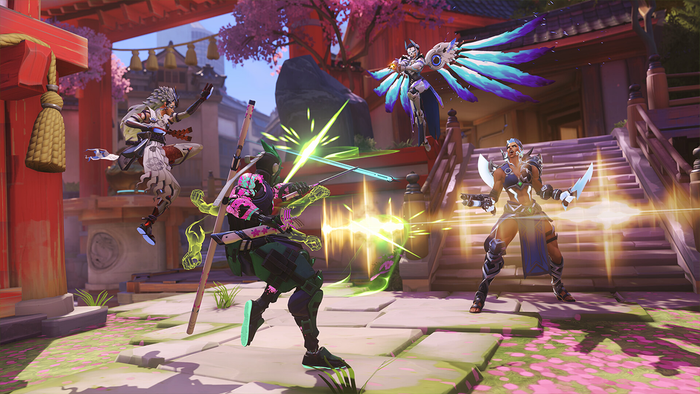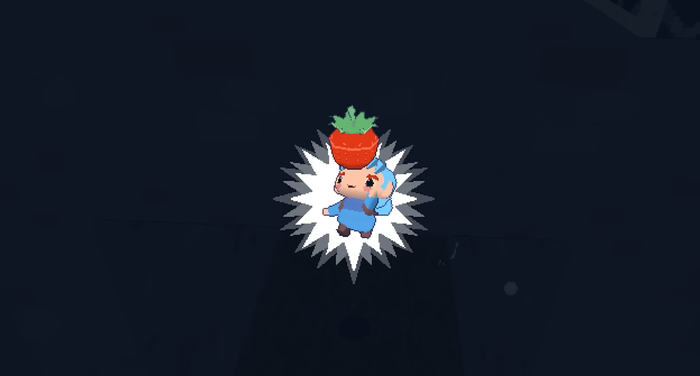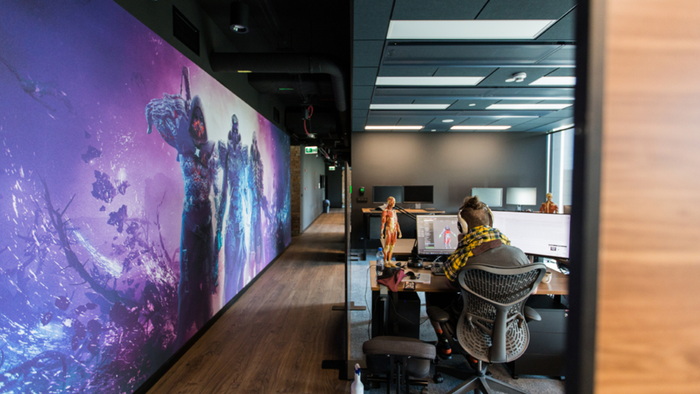Why the Hearthstone devs wanted to make an auto battler
Blizzard producer Melissa Corning and game designer Dean Ayala discuss the inception of the new auto battler Hearthstone: Battlegrounds.

At BlizzCon 2019, Blizzard unveiled a number of projects that will shape the future of the company after its massive restructuring that took place in 2018.
Alongside Diablo IV and Overwatch 2, the company also announced Hearthstone: Battlegrounds, a new mode for Blizzard's collectible card game that adapts the popular auto battler genre into a card-driven game mode.
It's a big shift for the Hearthstone team, which has built its strength as the makers of one of the most successful digital CCGs to date. Instead of 1v1 deckbuilding matches, players compete in 8-player battles where they draft minions with an array of unique abilities that randomly battle it out in micro-themed matches. Like a micro, randomized battle royale, the winner is the last player standing.
At BlizzCon, we took the time to talk to game designer Dean Ayala and producer Melissa Corning about the inception of Hearthstone: Battlegrounds, and to learn more about why Blizzard added it to Hearthstone instead of developing a full game like its competitors at Riot and Valve.
From Tavern Brawl to game mode
Hearthstone: Battlegrounds began its life in the mind of Tavern Brawl designer Conor Kou. For those not familiar with Hearthstone's Tavern Brawls, they're unique game modes pushed out to complement the game's main 1v1 combat. Some pit players against AI, some are shaped around specific card combos, and some let them team up to defeat an "enemy" (that's really just a card with a unique ability.)
It's a mode for experimentation, iteration, and evolution of Hearthstone's game design, so it's no wonder that after Kou spent some time with other auto battler games like DOTA Auto Chess, he began toying with implementing the game using Hearthstone logic.
Like Hearthstone itself, Battlegrounds became something the team would play around the office, and Ayala (jokingly) explained. "We thought it was really fun, we playtested it a lot, and we said 'wow there's something really here, it's really replayable, everyone around the office is playing it, they're taking lunches for an hour and a half they're playing too much. They're staying after work, they're coming in before work, they're not eating lunch anymore?'"
Once the Hearthstone team began properly investing in Battlegrounds as a game mode, Corning said the team had to address one major challenge: Hearthstone, even in Tavern Brawl mode, is primarily a 1v1 game. "We started this single-player version of it, and we knew for it to be fun we needed eight players," she said. "It was definitely a big decision to divert resources to support the eight player tech."

Ayala explained that Battlegrounds' process became more of a cross-discipline effort, different from the more siloed team structure that Hearthstone usually relies on. "Originally we had a gameplay engineer implement a version of eight-player Hearthstone," said Ayala, "and we had our server team look at it and found out that there's a difference between something that is able to be playtested by designers and something that is safe to ship to the public that is stable and doesn't crash the game."
As Corning put it, one big lesson for the production team came from grappling with that eight-player technology. "Develop for any type of future," she advised other developers. "We definitely learned that there were some places where previous engineers didn't plan for potentially supporting this type of technology.
"When we were adding it, we developed it with 'okay, this is eight, what if one day we want 12, or 14, or 20? Let's make sure this is future-proof.' That was the biggest takeaway we had. If you're going to put a lot of effort into something, make it future-proof and have it be able to support any variety of what you might need in the future, not just what the ask is right at that moment."
Why an auto battler in Hearthstone?
Corning and Ayala explained that because Battlegrounds is being developed inside Hearthstone, this push into the auto battler world is essentially designed first and foremost as a reward for people who play Hearthstone, not a standalone push into the autobattler world. "We're playing kind of the long game when it comes to Hearthstone," said Ayala.
"In terms of like most of our games at Blizzard, the real goal is to get people in the house, playing Hearthstone. We're not really that concerned with what happens with revenue and Battlegrounds in the next 3 months. We want to make sure it's super fun to play."
Corning said that the team has chosen to take a lighter touch with its planned updates for the game mode, and in turn, the mode itself doesn't have a major monetization strategy at the moment. "If people are really passionate about this and want to see ongoing support, we're ready to give exactly what people want," she said. "This is different for Hearthstone in that this is a game mode where the future of it is completely up to the playerbase."
Ayala also took the time to dig into why the auto battler mode was so appealing to Kou and the team, and why the game didn't just wind up as a standalone product. One value was the social component that Hearthstone sometimes lacks. "Playing in a group of 8 players socially is kind of an experience we don't have in Hearthstone," said Ayala. "So being able to play in a large group of people feels like a social experience."

The second reason was something more unusual, and a factor that links Battlegrounds and auto battlers in general to the battle royale genre. "You play in this competitive mode and the expectation isn't necessarily that you win. When you lose you're out early, and you can re-queue, and it's okay."
"[You] didn't go in, it wasn't this 1v1 experience where I was really upset if you lost...in a battle royale [game], it's "I dropped into the area that's really populous, didn't work out, that's okay." So you can play in this mode that feels really really good when you win, but doesn't feel that bad when you lose. And there's some magic there in the competitive environment."
Those factors were big drivers for why the team expanded and stood by Hearthstone: Battlegrounds, said Ayala, rather than any perception of trend chasing. "There's a weird perception from outside game development that we're designers, we're sitting and thinking about what the next thing is, and the CEO walks into our office and says 'what is the thing that's going to really generate the most users tomorrow? We need to chase this thing.'"
"The reality is, we play a bunch of games and we're inspired by a bunch of different things. So we play these games and we think these things are fun. And I think when you're a designer you learn very quickly that most of your ideas aren't actually very good, so you iterate and try a bunch of different things, and you eventually land on something that is pretty fun."
For those interested in seeing what Kou, Corning, Ayala, and their colleagues have created, the Hearthstone: Battlegrounds open beta will begin on November 12th.
About the Author(s)
You May Also Like








